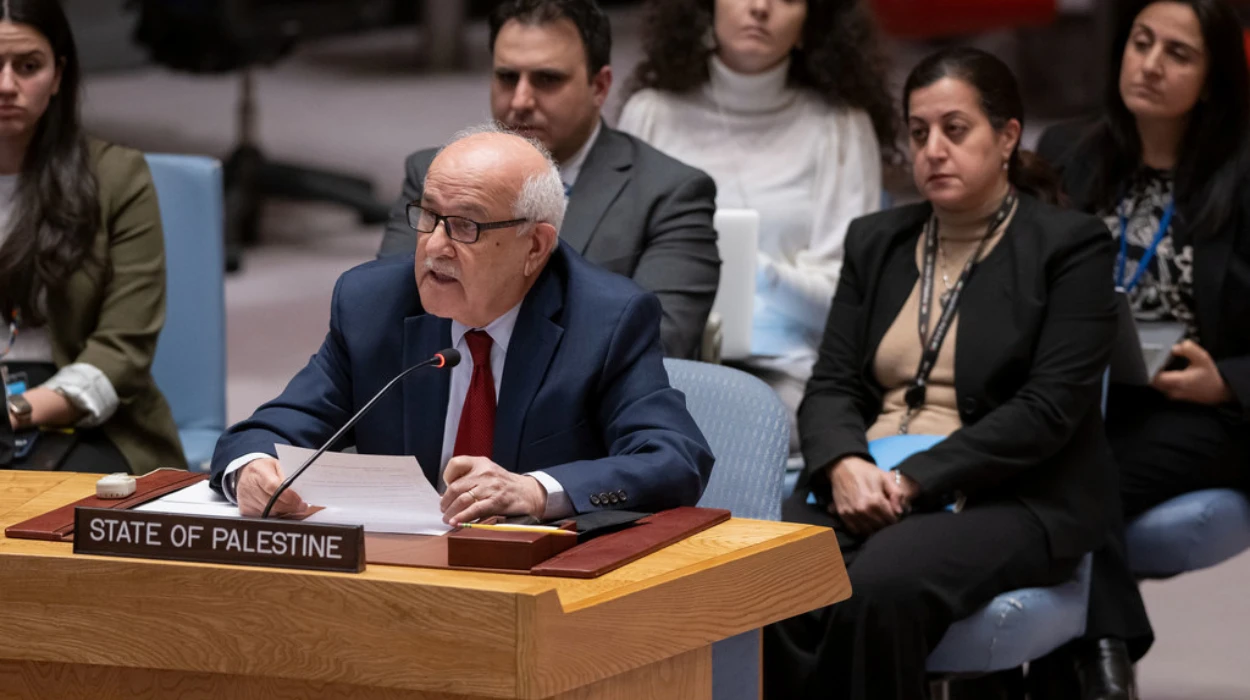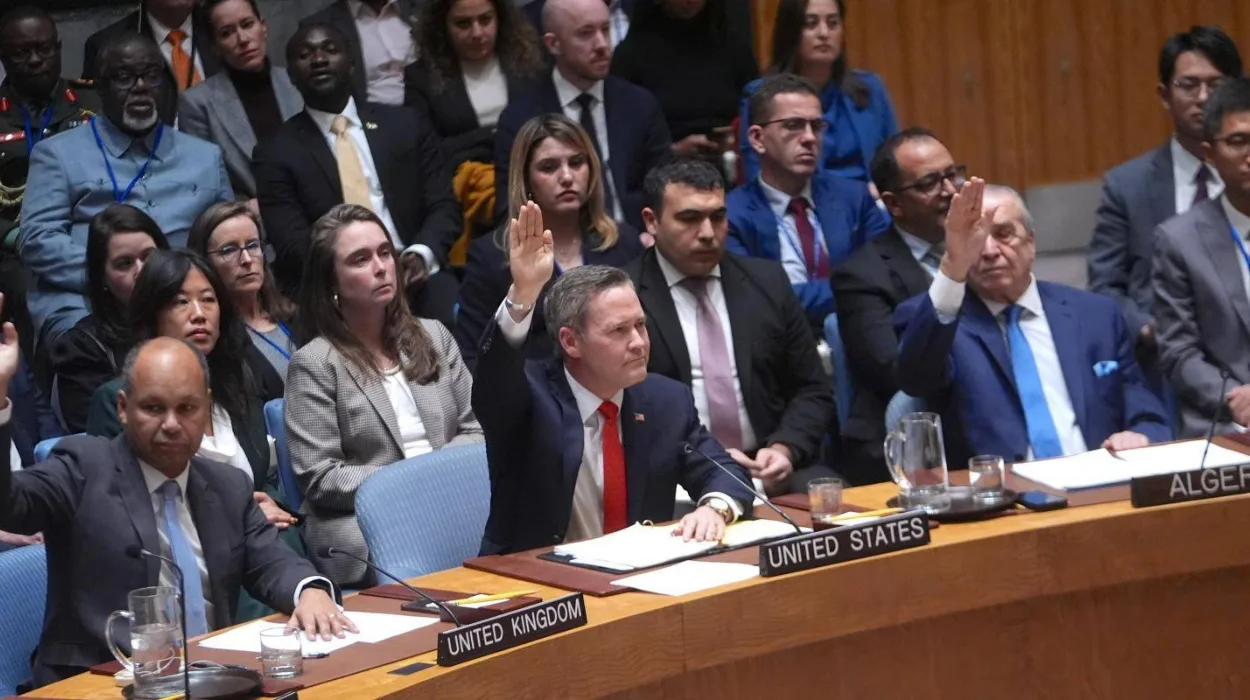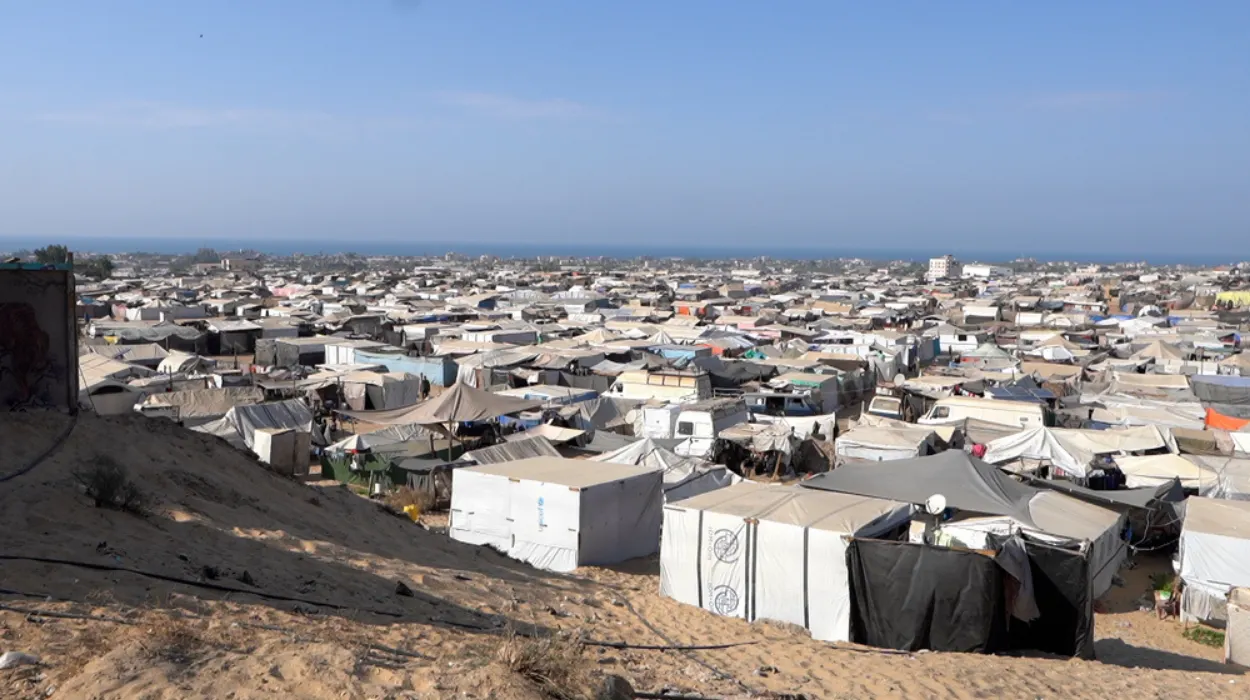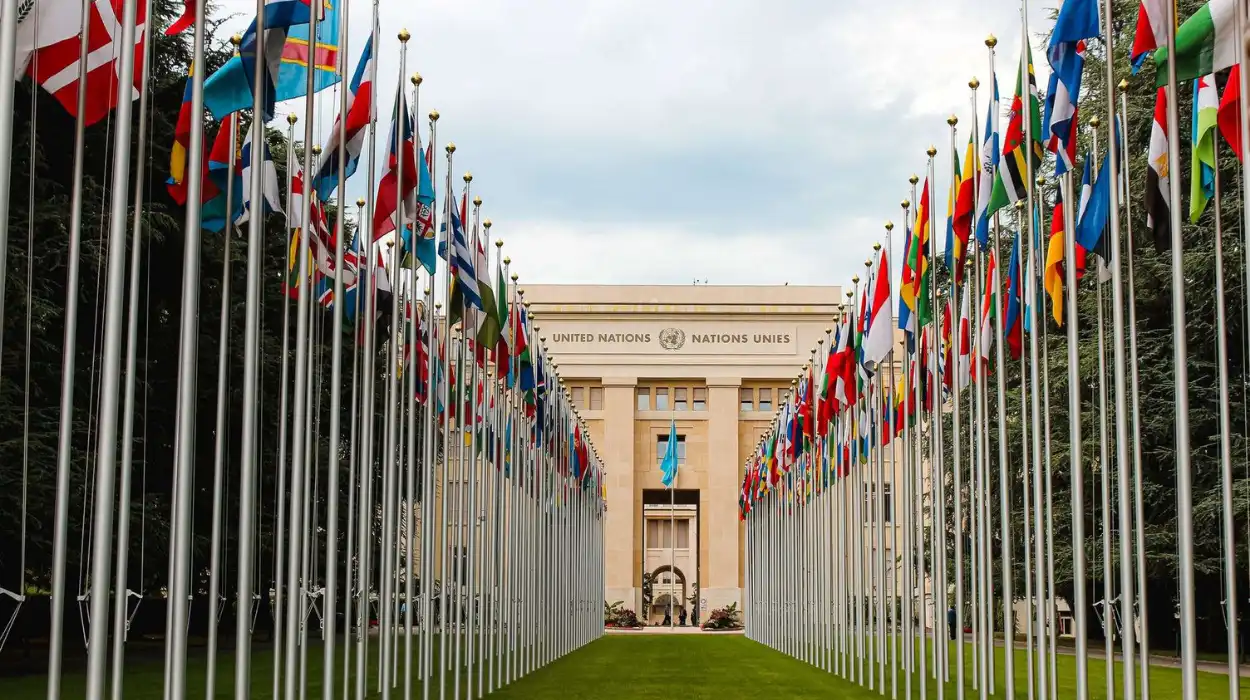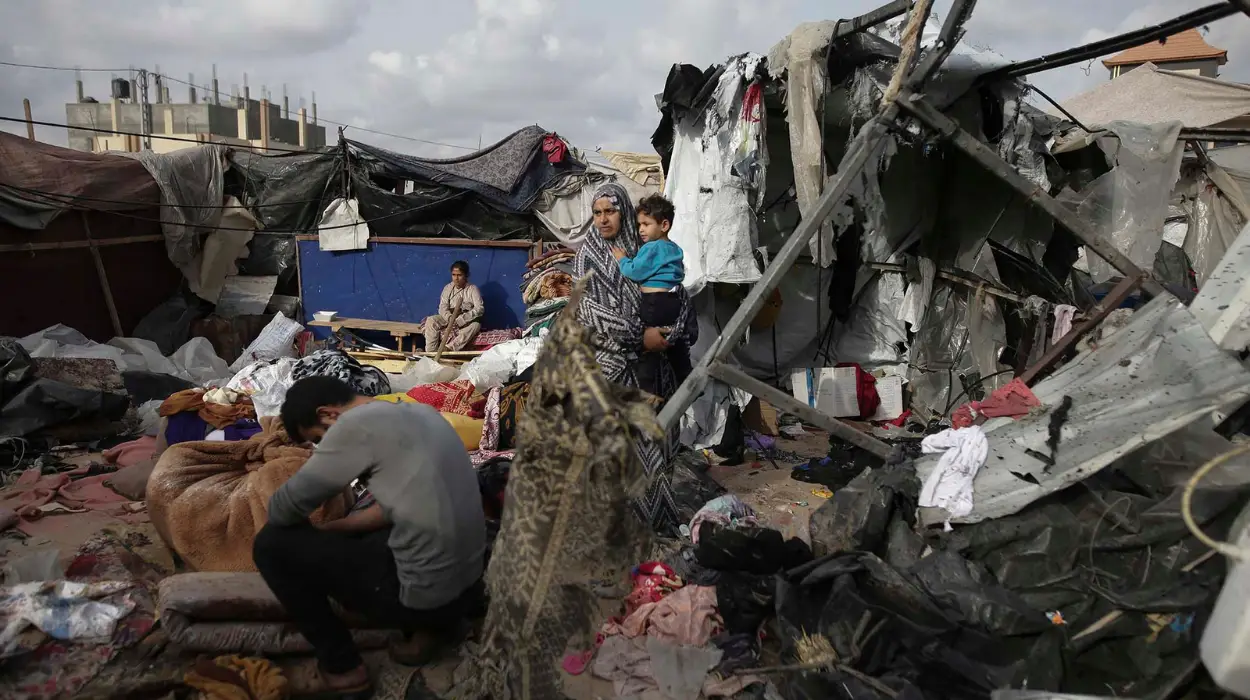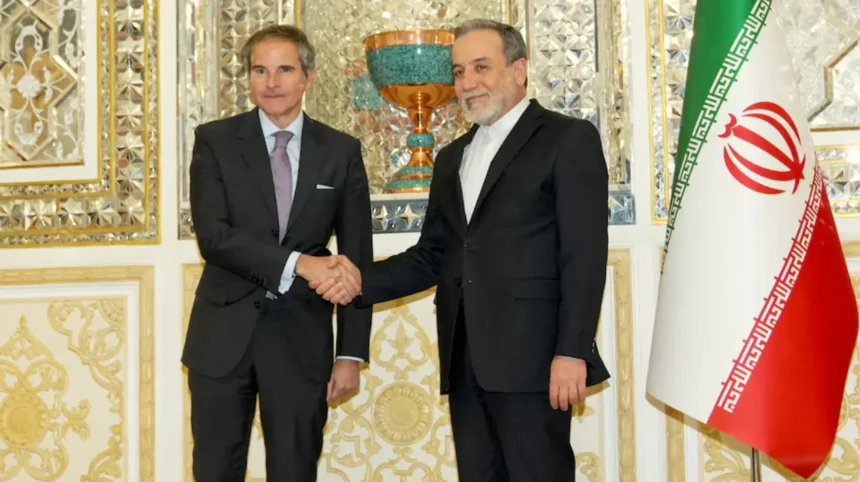Following the U.N. nuclear watchdog chief’s visit to Tehran earlier this month, a foreign ministry official said Monday that a technical team from the International Atomic Energy Agency had arrived in Iran for discussions with nuclear specialists.
“The delegation arrived in Iran and will hold technical talks with Iranian experts today, including on safeguards,”
Esmaeil Baghaei stated at a news briefing one week early.
The third round of nuclear negotiations between the United States and Iran took place in Oman last week, along with technical-level discussions.
IAEA specialists may participate in the upcoming round of Iran-U.S. nuclear negotiations scheduled for Saturday, Iran’s foreign minister stated after these discussions concluded. Rafael Grossi, the head of the IAEA, stated during a visit to Tehran on April 17 that his organization might contribute to a successful conclusion in the talks.
Iran later exceeded the uranium enrichment limitations of a 2015 nuclear agreement with major world countries after Trump pulled the United States from it in 2018, which also limited the IAEA’s supervision.
In February 2025, the International Atomic Energy Agency (IAEA) issued a report, saying it was “very concerned” about Iran’s nuclear activities, pointing out in particular that Iran is enriching uranium to as much as 60% purity-nudging just below the 90% weapons-grade level. This is much more than is required for civilian nuclear power and is normally only sought by nuclear weapon states.
IAEA reported Iran’s 60% enriched uranium stockpile rose to almost 275 kg up to early February 2025, a drastic improvement from recent months. Just 42 kg of 60% enriched uranium could, according to nuclear scientists, be enough to make a single atomic bomb once further enriched. The IAEA cautioned Iran, alone among the non-nuclear-weapon states, produces such high enrichment of uranium, causing widespread alarm internationally.
Tehran has long denied pursuing nuclear weapons, claiming that its nuclear program is peaceful in nature and intended for uses like energy production and medical research. Iranian officials, including President Masoud Pezeshkian, have reaffirmed that Iran “is not after a nuclear bomb,” while Western powers and the IAEA raise alarms regarding the military implications of Iran’s nuclear development.
The IAEA report highlights that Iran’s actions have reduced transparency and undermined the international efforts to verify Iran’s declarations, particularly after Iran curtailed inspector access and suspended implementation of more stringent inspection measures.
The present stockpile and the current enrichment capacity imply that Iran might be able to make enough weapons-grade uranium for a few nuclear weapons within months if it opted to do so.


